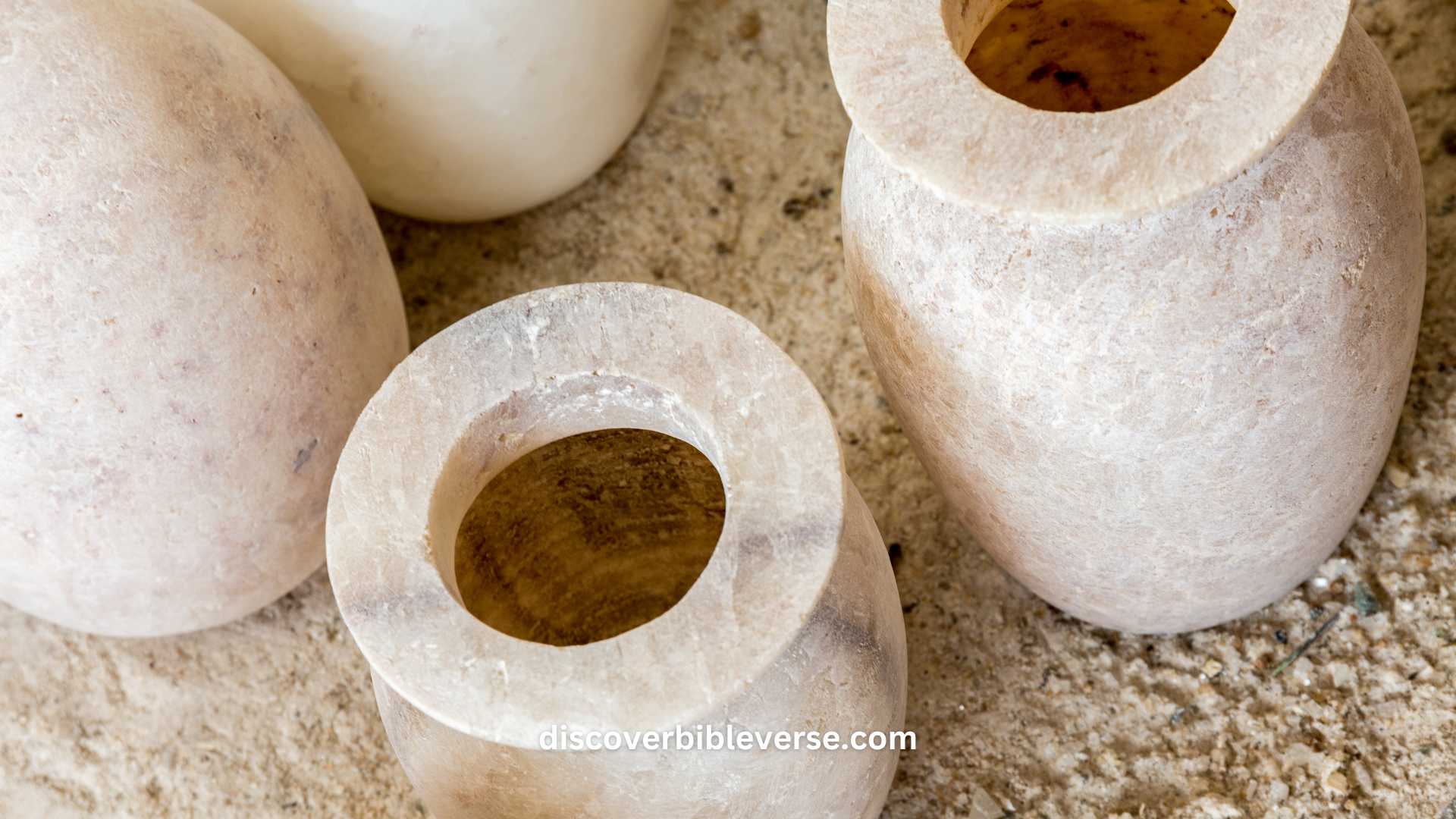The enigmatic figure of Mary Magdalene and the tale of the alabaster box in the Bible have long fascinated scholars and believers alike. This article delves into the heart of this mystery, exploring the identity of the woman who anointed Jesus with precious ointment from an alabaster box, a gesture laden with spiritual significance.
Mary Magdalene: A Disciple Shrouded in Mystery
Mary Magdalene, often remembered as one of the most prominent female disciples of Jesus Christ, holds a special place in Christian history. Her story intertwines with the crucial events of Jesus’ crucifixion and resurrection. Mentioned about 12 times in the Gospels, Mary Magdalene’s presence at the crucifixion and as a witness to the empty tomb underscores her importance. However, her identity has been the subject of much debate and speculation, especially concerning her connection with the alabaster box.
The Alabaster Box: A Symbol of Devotion
The alabaster box, mentioned in the Gospels of Matthew, Mark, and Luke, symbolizes deep devotion and sacrifice. It contained expensive perfume, which a woman used to anoint Jesus. This act of anointing is significant, as it prefigures Jesus’ burial and highlights the woman’s profound reverence for him. The identity of this woman, however, varies across the Gospels, leading to questions about whether Mary Magdalene was indeed the one with the alabaster box.
Distinguishing Fact from Fiction
The portrayal of Mary Magdalene in popular culture, notably in Dan Brown’s “The Da Vinci Code,” has further blurred the lines between historical facts and fiction. While the novel suggests a romantic connection between Jesus and Mary Magdalene, this notion lacks support from canonical scriptures. The Gospels do not explicitly link Mary Magdalene with the alabaster box incident, nor do they suggest any romantic involvement with Jesus.
The Alabaster Box in Different Gospels
In the Gospel of Luke, the woman with the alabaster box is described as a sinner, but her name is not given. This has led some to speculate that she could be Mary Magdalene, given the latter’s later portrayal as a repentant sinner. However, this connection is not explicitly made in the scriptures. The Gospel of John, on the other hand, identifies the woman as Mary of Bethany, the sister of Martha and Lazarus, further complicating the identification.
Spiritual Interpretation and Symbolism
The act of anointing Jesus with the ointment from the alabaster box is rich in spiritual symbolism. It represents a selfless act of worship and devotion, transcending the monetary value of the perfume. This gesture signifies the woman’s recognition of Jesus’ divine mission and her willingness to offer her most valuable possession in his honor.
Related Questions and Answers from “Alabaster Box in the Bible”
1. Who was the woman with the alabaster box in the Bible?
Answer: The identity of the woman with the alabaster box varies in the Gospels. In Luke, she is described as a sinner, but her name is not given. John’s Gospel identifies her as Mary of Bethany, sister of Martha and Lazarus. The connection to Mary Magdalene is a subject of debate and not explicitly stated in the scriptures.
2. What is the significance of the alabaster box in the biblical context?
Answer: The alabaster box, containing expensive perfume used to anoint Jesus, symbolizes deep devotion and sacrifice. This act is spiritually significant as it prefigures Jesus’ burial and represents the woman’s profound reverence and recognition of Jesus’ messianic role.
3. Was Mary Magdalene the woman who anointed Jesus with perfume from the alabaster box?
Answer: The Gospels do not explicitly state that Mary Magdalene was the woman who anointed Jesus with the perfume from the alabaster box. This association is more a product of later interpretations and artistic representations rather than direct biblical evidence.
Conclusion: An Enduring Mystery
The question of whether Mary Magdalene was the woman with the alabaster box remains open to interpretation. The varying accounts in the Gospels and the lack of definitive evidence leave room for different perspectives. What remains clear, however, is the profound spiritual significance of the alabaster box incident, symbolizing devotion, sacrifice, and the recognition of Jesus’ messianic role.
Have you ever wondered about the deeper meanings behind the stories in the Bible? How do you interpret the tale of the alabaster box and its connection to Mary Magdalene? Share your thoughts and insights in the comments below.




